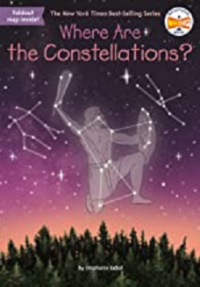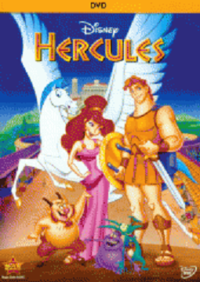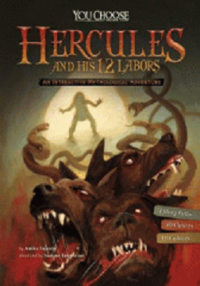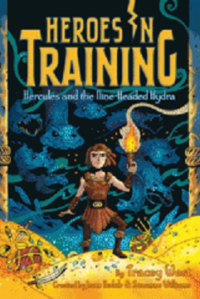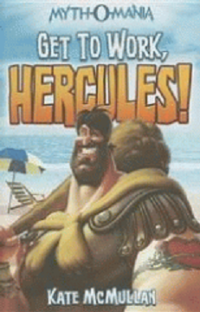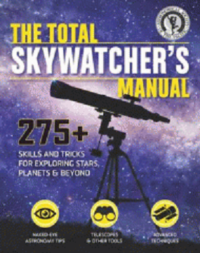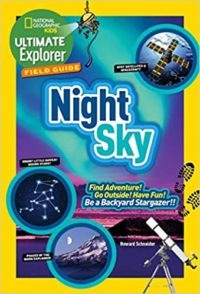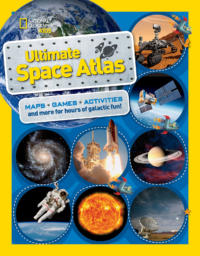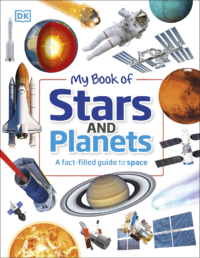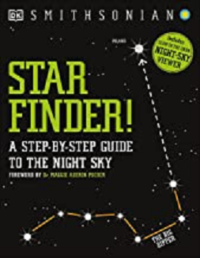
Ahoy, astronomers! Welcome to The Far Out Space Blog!
Previously on the CCPL Astronomy Club – Springtime constellations are up in the East! We learned how to find Ursa Major (and the Big Dipper), Leo the Lion, Cancer the Crab, Hydra the Snake…and the stories behind them. Please join us in March, and bring a friend! The next meeting is on Thursday, March 30th, 2023, at 6 pm.
Sky Happenings and How to See Them – The Planets are getting scarce in early March. Mercury and Saturn are both hidden in the Sun’s glare, while Jupiter and Venus glitter low in the west at sunset. Did you catch the conjunction on March 1st? (Closest apparent meeting of the planets – aligning along our line of sight, but millions of miles apart.)
- Mars puts on a good show high overhead in Taurus, and well, the Earth is always here for us.
- The Moon is full on March 7th (“The Worm Moon” – the earthworms are gearing up for the gardening season), and wanes to a new moon on March 21st.
- Check out Orion in the southwest before he sets for springtime. In the east, Leo, Cancer, and Hydra tell ancient stories in the stars, while Ursa Major, home to the famous Big Dipper rises in the northeast.
- The Vernal Equinox (Spring) occurs on March 21st.
Time for a Map! Here’s the March celestial sphere from Skymaps.com
Mythology and Metaphor – Greek mythology can be a little rough, what with the heroes slicing and dicing (and competition paying the price-ing, to invoke LL Cool J.) Looking deeper, we can start to see metaphors – things the stories could be telling us.
The springtime sky features thrilling stories of the Twelve Labors of Hercules, with applications to the everyday. Hercules the Hero was sent to kill the fierce Nemean Lion. No warrior could defeat it, and the lion’s hide was tougher than any weapon. Hercules went into its lair, and strangled it with his bare hands. The lion became the constellation Leo.
Now, that seems barbaric, unlikely, and mean to lions, right? But remember, the lion is just a story. It could be a symbol of a big problem – something that only you can fix. It could be taking care of that moldy Tupperware in the back of the fridge. It’s smelly, and it’s only getting worse. It would be nice if your parents could take care of it, or you could use a robot, but that won’t work. It’s up to you to handle it. It’s more exciting to hear of a strongman fighting a lion, but anytime we face a problem, we’re acting like a young Hercules (or the hero of any story.)
How about the Hydra, the fearsome nine-headed snake Hercules had to beat? Each time he cut one head off, two more grew back. We all have days like this – little things turn into big things. Eventually, Hercules’ nephew, fighting alongside his uncle, figured out using a torch to seal off the sword wounds would defeat the monster.
What on earth could that mean for us? How about doing our homework right the first time, and not procrastinating? What are your thoughts?
The sky becomes a giant motivational poster! Hey, check out your local library for some more on these fascinating tales of old. How do they relate to your day?
Constellations – Here are the constellations we learned about:
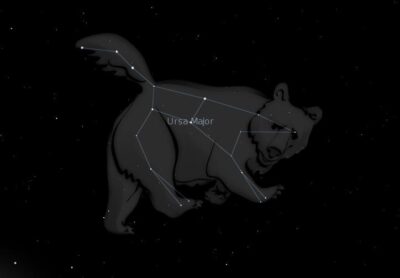
Ursa Major (The Great Bear)
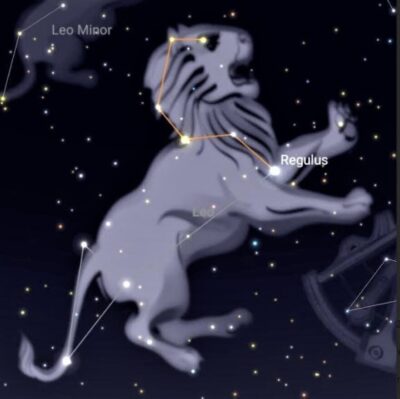
Leo the Lion
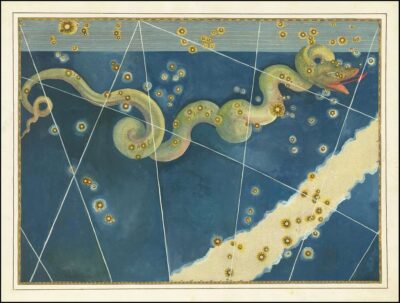
Hydra the Snake
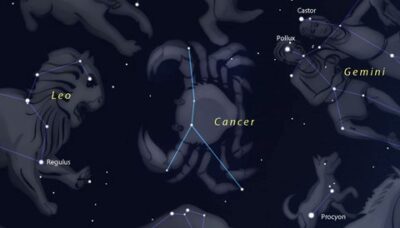
Cancer the Crab
Until Next Time – See if you can find Jupiter, Venus, and Mars, catch that full moon, and spy the Big Dipper. Swing by the library and learn some mythology, and always be on the hunt for lions (Tupperwares of moldy food at the back of the fridge.) Be a hero, solve the problems. 🙂
As always, if you have any questions, have your parents help you send a note to JoshUrban@Protonmail.com.
Thanks for reading, folks, and keep looking up!
Clear skies,
∼ Josh
CCPL Astronomy Club is held on the last Thursday of every month, from September through May.
Register today to join us next time on March 30th at 6 pm.
In the meantime check out some of these awesome books you can get from the library as well as some other great resources to learn more about this month’s topics!
Where are the Constellations? by Stephanie Sabol
Ancient people from many different cultures all looked up and imagined pictures in the sky by “drawing” a line from one star to another, like a connect-the-dots puzzle. These star pictures–constellations–represented myths and legends from the various cultures that still fascinate us today. Author Stephanie Sabol relates many of the most popular constellation stories and explains what stars actually are: how they formed, why they die, and how they’re grouped into constellation families.
Hercules (DVD)
Taken from the gods as a newborn and adopted on earth, Hercules is just an awkward pillar of strength trying to fit in. What he wants most is to impress his father Zeus. When Hercules discovers Hades’ sinister plot to take over Mount Olympus, he goes from zero to hero and, with the help of his pals Pegasus and Phil, discovers that real strength comes from the heart!
Hercules and His 12 Labors : an Interactive Mythological Adventure by Anika Fajardo
Interactive adventures about the mythical Greek hero Hercules and his 12 labors in You Choose format!
Hercules and the Nine-Headed Hydra by Tracey West
When Hercules vandalizes Eurythseus’ temple and Eurythseus threatens war with the Olympians, the Oracle Pythia decides that Hercules must present him with a scale from the nine-headed serpent, Hydra, to make amends.
Get to work, Hercules! by Kate McMullan
In this updated version of Greek mythology, Hades, King of the Underworld, tells the true story of Hercules and his twelve labors.
The Total Skywatcher’s Manual: 275+ Skills and Tricks for Exploring Stars, Planets, and Beyond by Linda Shore
For stargazers, comet-spotters and planet-seekers looking to enhance your deep sky knowledge and observations – this is your quintessential guide. The Total Skywatcher’s Manual will help you choose the best telescope, identify constellations and objects in the night sky, search for extraterrestrial phenomena, plan star parties, capture beautiful space imagery and much more.
Ultimate Explorer Field Guide: Night Sky by Howard Schneider
Provides a guide for beginning stargazers, including sky maps and constellation charts, identification tips, and space facts and jokes.
Ultimate Space Atlas : Maps, Games, Activities, And More For Hours Of Galactic Fun! By Carolyn DeCristofano (EBOOK)
To read this and many other National Geographic Kids ebooks just click on the section of the catalog listing where it says “Web Site: – Cengage” then enter your library card number and enjoy!
My Book of Stars and Planets by Dr. Parshati Patel
Join us on an adventure across the universe, as we rocket to the stars, marvel at mysterious planets and discover galaxies far far away.
Three, two, one, blast off! From icy worlds and hot, fiery giants to the biggest telescopes and latest spacecraft, this book about space covers more than 40 profiles of the planets, stars and celestial objects.
Star Finder!: A Step-by-Step Guide to the Night Sky
A novel approach to stargazing, this stunning space book features step-by-step guides to identifying the key constellations across the northern hemisphere.What do you see when you look up into the sky? Have you ever wondered what the stars mean? Or how they are connected? Or what each constellation is called? If so, then this may be the book for you!


